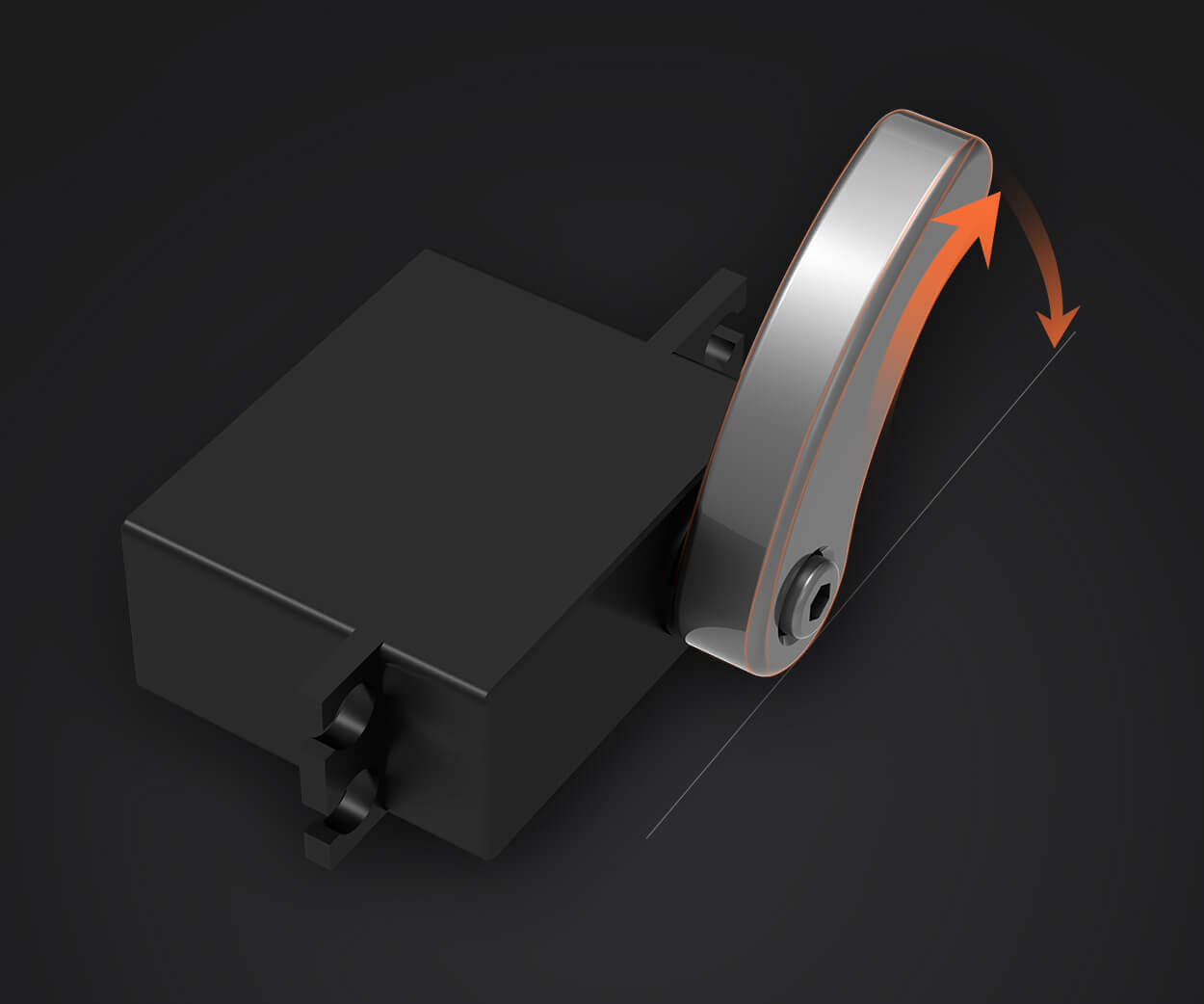part 1:
Unlocking Power and Precision: The Ultimate Guide to 110 Volt Gear Reduction Motors
In the realm of mechanical engineering and automation, few components pack as much versatility and significance as gear reduction motors. Specifically, the 110 volt variants have become a staple in a wide array of applications, from industrial machinery to DIY projects. These motors exemplify an elegant balance of power, efficiency, and control—a combination that empowers engineers, hobbyists, and entrepreneurs alike to turn ideas into reality.

What is a gear reduction motor?
At its core, a gear reduction motor is a type of electric motor integrated with a gearbox or gear train. Its primary function is to reduce the speed of the motor’s rotation while amplifying its torque output. Think of it as a carefully calibrated mechanical engine that turns high-speed, low-torque electrical energy into a slow, forceful movement suitable for precise applications.
In simpler terms, while a typical electric motor spins very fast, many real-world tasks—like moving heavy loads or finely controlling movement—require a lot of force at a slower speed. The gear reduction mechanism functions like a sophisticated multiplier, transforming the motor’s raw energy into useful, controlled power.
Why choose a 110 volt gear reduction motor?
The 110 volt configuration is especially popular in North America and many other regions because it aligns with standard household electrical outlets. This makes installation and integration straightforward, eliminating the need for special power supplies or converters.
Furthermore, 110 volt gear motors are available in a variety of sizes, power ratings, and gear ratios, making them highly adaptable. Whether you’re designing a conveyor system, automating a robotic arm, or crafting a custom furniture project, these motors offer a reliable solution that balances power, safety, and ease of use.
Key benefits of 110 volt gear reduction motors
High Torque Output: Thanks to their gear reductions, these motors can move substantial loads without requiring excessive current or bulky motors. Speed Control: The gearboxes allow precise adjustment of rotational speed, essential for delicate or synchronized tasks. Ease of Power Supply: Since they operate on standard 110 V power, they integrate seamlessly into existing electrical frameworks. Efficiency and Durability: Well-designed gear reduction motors are built to last, often featuring high-quality gear trains that reduce wear and tear. Versatility: From small-scale DIY projects to large industrial machinery, these motors fit a broad spectrum of applications.
Typical applications of 110 volt gear reduction motors
The real magic of these motors lies in their adaptability. Some of the most common uses include:
Industrial automation: Converting raw power into controlled movement for assembly lines, packaging equipment, and material handling. Robotics: Powering robotic joints and actuators where precision and torque are paramount. Home automation: Driving motorized curtains, adjustable beds, or automated garage doors. Agricultural machinery: Assisting in the operation of conveyor belts and feeders. Hobbyist projects: From model trains to DIY CNC machines, enthusiasts use these motors to bring their visions to life.
Inside the gear reduction motor: a technical glimpse
A typical 110 volt gear reduction motor comprises several key components:
Electric motor: Usually an induction or universal motor designed for 110 V operation. Gearbox or gear train: Composed of multiple gears made from durable materials such as steel or nylon, depending on the application. Output shaft: The part that delivers the reduced speed and increased torque to the connected load. Mounting bracket and housing: Built for stability and protection, often designed for easy installation.
The gear ratio—a determining factor in a gear motor’s performance—is the ratio between the input shaft speed and the output shaft speed. Common ratios range from 5:1 to 100:1 or higher, with higher ratios providing more torque and slower speeds but at the expense of operational speed.
Choosing the right gear reduction motor
Selecting the appropriate 110 volt gear reduction motor involves understanding your application's specific needs:
Load requirements: How much weight or force must the motor move? Speed: What rotational speed is necessary for optimal operation? Precision: Does the task require fine adjustments or smooth rotation? Space constraints: How compact does the motor assembly need to be? Durability: Will it face harsh environments or continuous operation?
By answering these questions, you can zero in on the optimal gear ratio, power rating, and type that will ensure reliable performance.
End of Part 1.
Established in 2005, Kpower has been dedicated to a professional compact motion unit manufacturer, headquartered in Dongguan, Guangdong Province, China.




































